The ancient bones and fossils that help scientists piece together our planet’s past have become valuable commodities in China’s booming fossil market. Behind the impressive dinosaur skeletons and feathered creatures displayed in museums worldwide lies a troubling reality: a significant trade in fraudulent fossils that threatens scientific integrity. China’s rich paleontological resources, combined with economic incentives and inadequate oversight, have created perfect conditions for sophisticated fossil forgeries to infiltrate respected institutions and scientific literature. This problematic phenomenon has deep implications for our understanding of evolutionary history and raises important questions about how financial incentives can distort scientific knowledge.
The Lucrative World of Fossil Trading
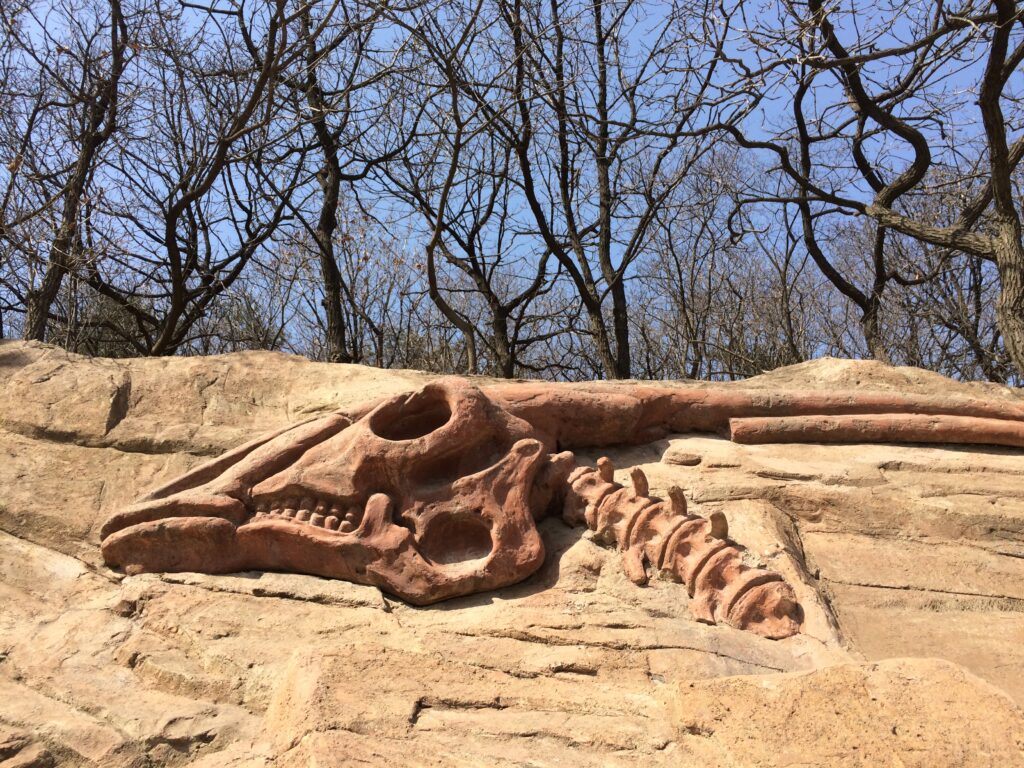
China’s fossil market has exploded into a multi-million dollar industry where exceptional specimens can fetch astronomical prices. A single well-preserved dinosaur skeleton might sell for several million dollars to museums, private collectors, or institutional buyers eager to display impressive prehistoric creatures. This financial incentive has transformed what was once primarily a scientific endeavor into a commercial enterprise. Local farmers and villagers in fossil-rich regions like Liaoning Province have discovered that unearthing fossils can be far more profitable than traditional agriculture. The potential windfall from a single significant find, sometimes equivalent to several years’ farming income, has motivated extensive fossil hunting operations that often operate outside formal scientific protocols and regulatory oversight.
China’s Fossil Treasure Troves

China’s geological formations, particularly the Jehol Biota in northeastern China, represent some of the world’s most exceptional fossil deposits. These areas have yielded remarkably preserved specimens, including feathered dinosaurs, early birds, and prehistoric mammals that have revolutionized our understanding of evolutionary transitions. The fine-grained lake sediments in these regions created perfect conditions for preserving delicate structures like feathers, hair, and soft tissues that rarely survive fossilization elsewhere. The scientific significance of these discoveries cannot be overstated—they have provided crucial evidence for key evolutionary transitions such as the dinosaur-bird connection. However, this same scientific importance has inadvertently created market pressures that fuel forgeries, as demand for spectacular transitional fossils grows among collectors and institutions worldwide.
Anatomy of a Forgery
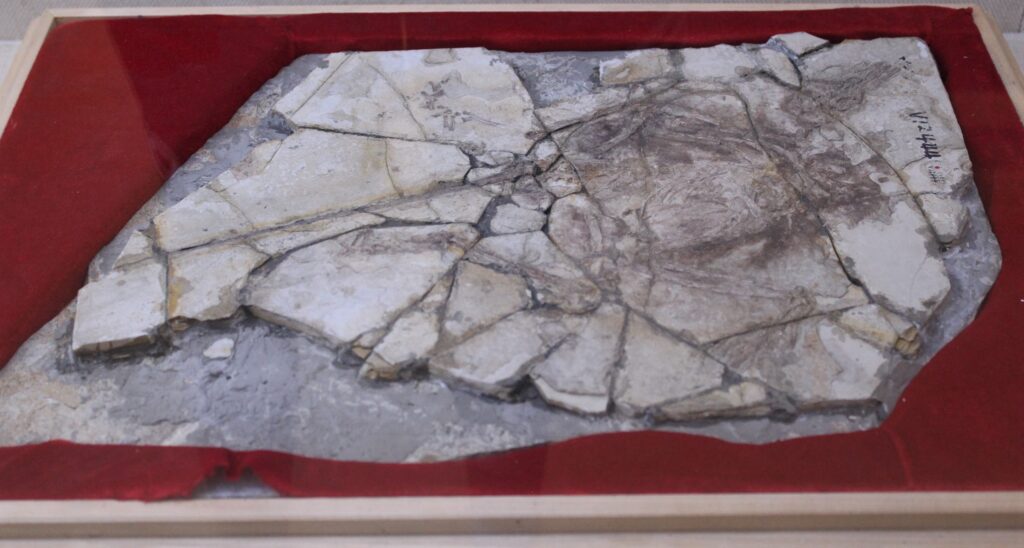
Modern fossil forgeries from China have evolved beyond crude fakes to become sophisticated composite creations that can fool even experienced paleontologists. Forgers typically employ a “cut and paste” approach, combining genuine fossil pieces from different specimens to create complete fossils that appear more scientifically significant than their constituent parts. A common technique involves embedding real fossil fragments into artificially sculpted rock matrices, creating the appearance of a complete specimen. Some particularly sophisticated forgeries use specialized tools to carefully etch false details onto genuine fossil material, adding features that enhance scientific interest or commercial value. The infamous “Archaeoraptor” case exemplifies this problem—what appeared to be a revolutionary missing link between dinosaurs and birds was later revealed as a composite of unrelated species, cleverly assembled to tell a compelling but entirely fictional evolutionary story.
The Archaeoraptor Scandal
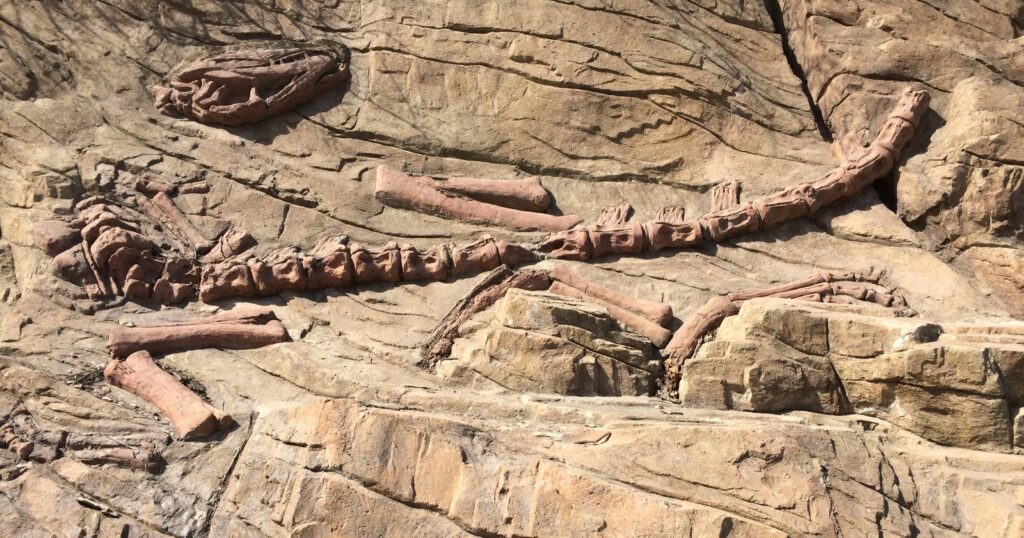
The “Archaeoraptor” incident of 1999 stands as the most infamous example of fossil forgery affecting mainstream science. This purported “missing link” between dinosaurs and birds was purchased from a Chinese dealer, smuggled to the United States, and prominently featured in National Geographic magazine as a revolutionary discovery. Subsequent investigation revealed it was a composite fossil combining parts from at least two different species—the upper body of a bird-like creature attached to the tail of a dromaeosaurid dinosaur. The revelation sent shockwaves through the scientific community and severely damaged public trust in paleontological findings. The scandal highlighted how even respected institutions with rigorous standards could be deceived by sophisticated forgeries. Perhaps most troublingly, the forgery nearly entered formal scientific literature, which would have contaminated the scientific record with false evolutionary data that might have influenced research directions for years to come.
The Economic Motivations Behind Forgeries
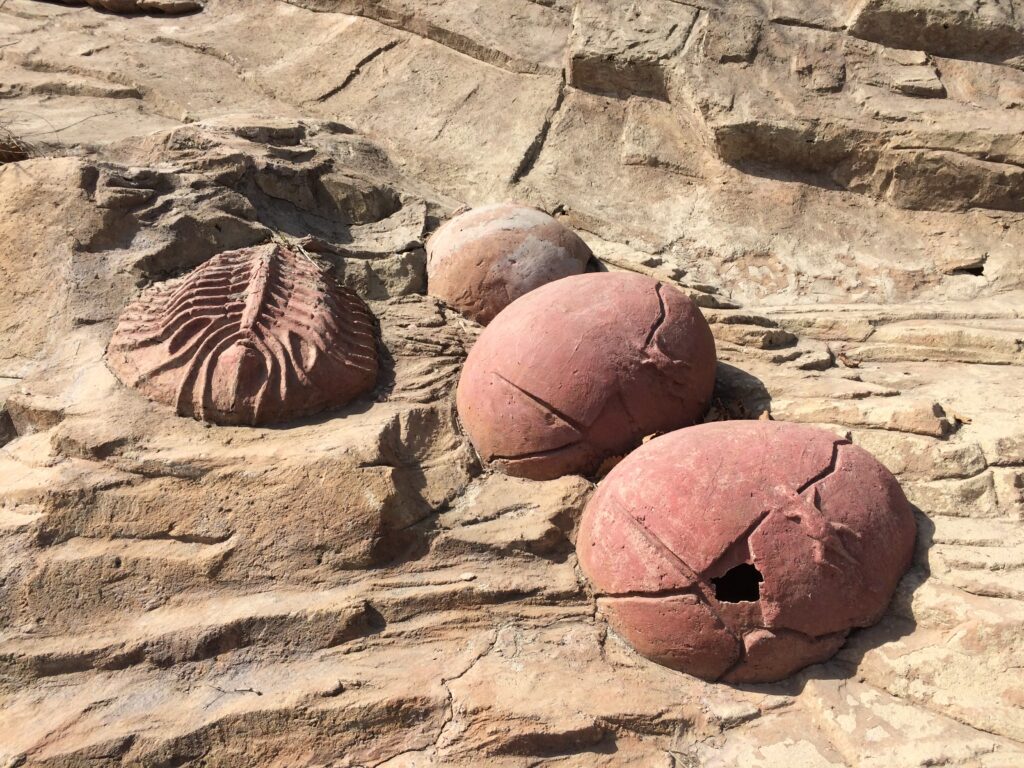
The financial incentives driving fossil forgery in China cannot be overstated. In rural areas where annual incomes may be measured in the hundreds or low thousands of dollars, a single exceptional fossil can sell for tens or even hundreds of thousands of dollars. This economic reality has transformed fossil hunting from occasional opportunistic activity into organized operations where teams systematically explore promising deposits. Skilled preparators have learned that enhancing or combining fossils dramatically increases their market value, creating a direct financial incentive for fabrication. The international market further amplifies these pressures, as Western museums, universities, and private collectors compete for spectacular specimens with scientific significance. This confluence of poverty in fossil-rich regions, substantial profit potential, and international demand has created perfect conditions for forgery to flourish as a rational economic choice for those with the necessary skills and access to fossil material.
Scientific Consequences of Fossil Fraud
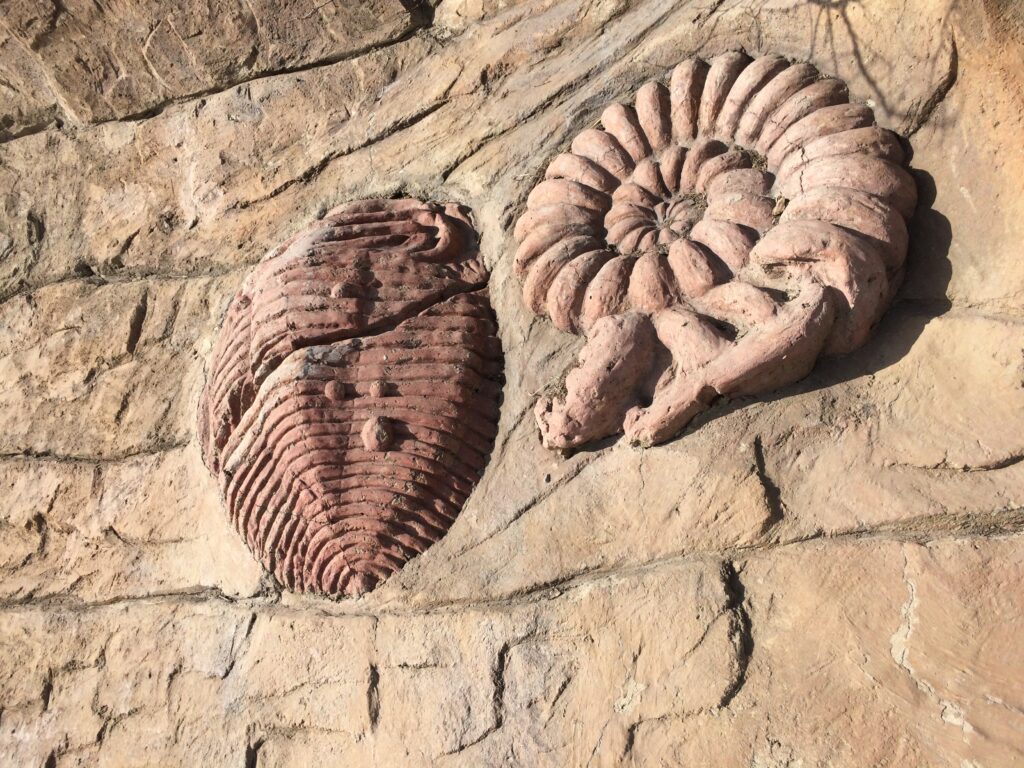
The scientific consequences of fossil forgeries extend far beyond individual cases of deception. When fraudulent specimens enter the scientific literature, they contaminate the foundation of knowledge upon which subsequent research is built. Researchers who cite or base theories on fraudulent specimens inadvertently propagate errors through the scientific ecosystem. Perhaps more concerning is the chilling effect on legitimate research, as scientists grow hesitant to make bold interpretations of unusual specimens for fear they might be composite forgeries. This caution particularly affects evolutionary studies focused on transitional forms, precisely the area where science needs bold, evidence-based hypothesis generation. Publication retractions resulting from fossil fraud discoveries also damage institutional and individual reputations, undermining both public and scientific trust in paleontological findings more broadly. In the most extreme cases, entire research programs and career trajectories have been derailed by involvement with specimens later revealed as fraudulent.
The Challenge of Authentication
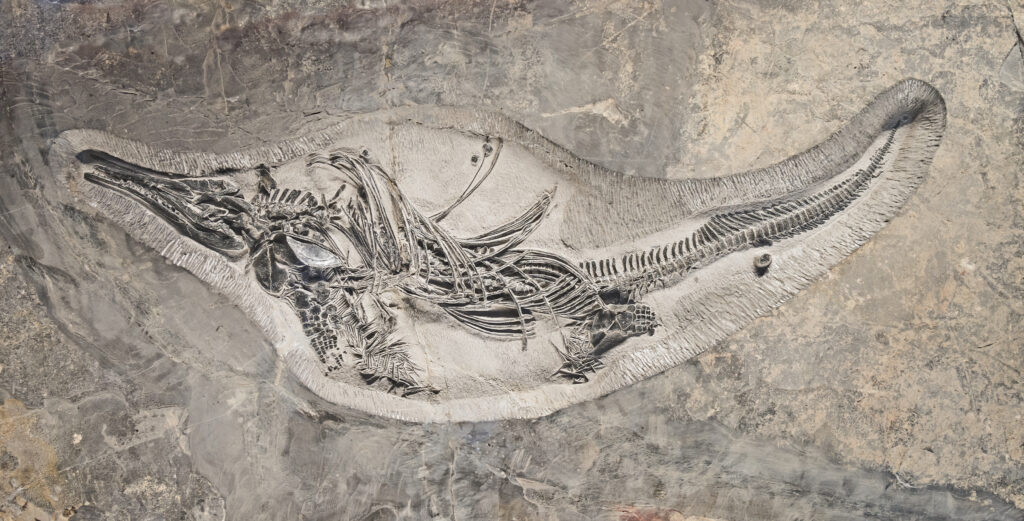
Authenticating fossils from China presents unique challenges that complicate scientific due diligence. Unlike many Western fossil collections with detailed provenance records, specimens from China’s commercial markets often lack crucial information about their exact discovery location and geological context. Without this contextual data, scientists must rely on physical examination of the specimens themselves, which may be insufficient to detect sophisticated forgeries. Modern authentication increasingly employs advanced technologies like CT scanning and elemental analysis to detect inconsistencies invisible to the naked eye. These techniques can reveal density differences in composite specimens or identify chemical signatures suggesting artificial modification. However, these technologies remain expensive and inaccessible for routine screening of all specimens, creating a practical barrier to comprehensive authentication. Additionally, forgers have demonstrated remarkable adaptability, evolving their techniques to circumvent known authentication methods in an ongoing technological arms race.
Legal Framework and Enforcement Gaps
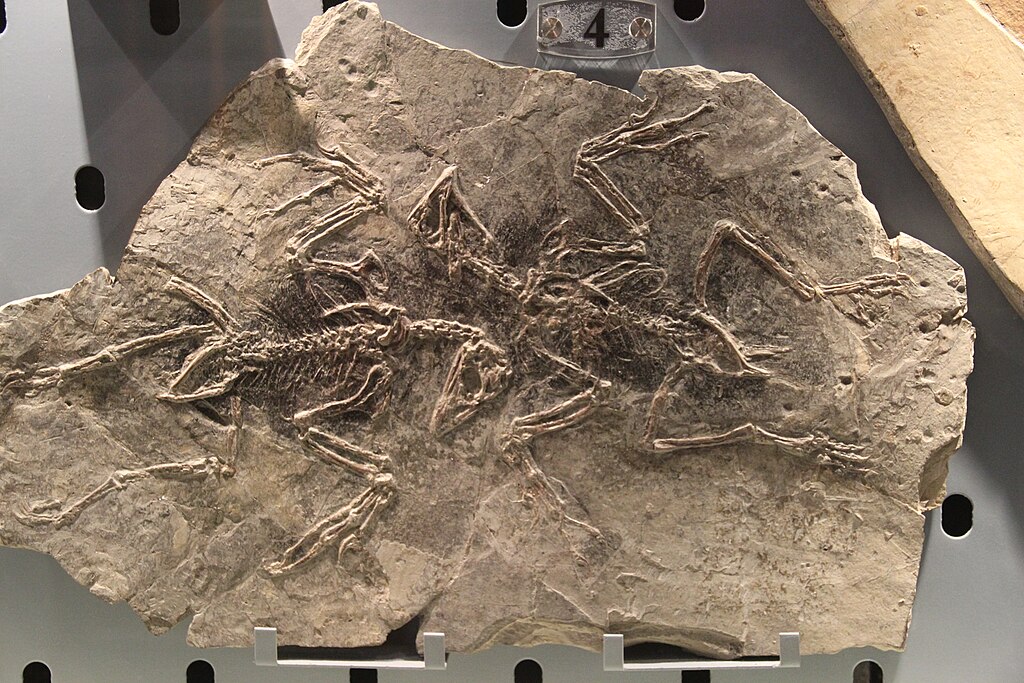
China’s legal framework regarding fossil collection and export contains significant regulations that are undermined by enforcement challenges. Chinese law technically declares fossils national property and prohibits their unauthorized collection and export, requiring permits for legitimate scientific excavations. However, these laws encounter enforcement difficulties in remote rural areas where local authorities may lack resources or motivation to monitor fossil collection activities. Corruption further complicates enforcement, as officials sometimes participate in or benefit from the illegal fossil trade. The international dimension adds another layer of complexity, as fossils smuggled abroad enter jurisdictions with different legal standards and enforcement priorities. Even when forgeries are discovered, prosecuting responsible parties often proves impossible due to jurisdictional issues, difficulty identifying specific forgers, and the challenge of legally distinguishing between deliberate fraud and inadequate preparation or honest mistakes in fossil reconstruction.
The Role of Academic Pressure
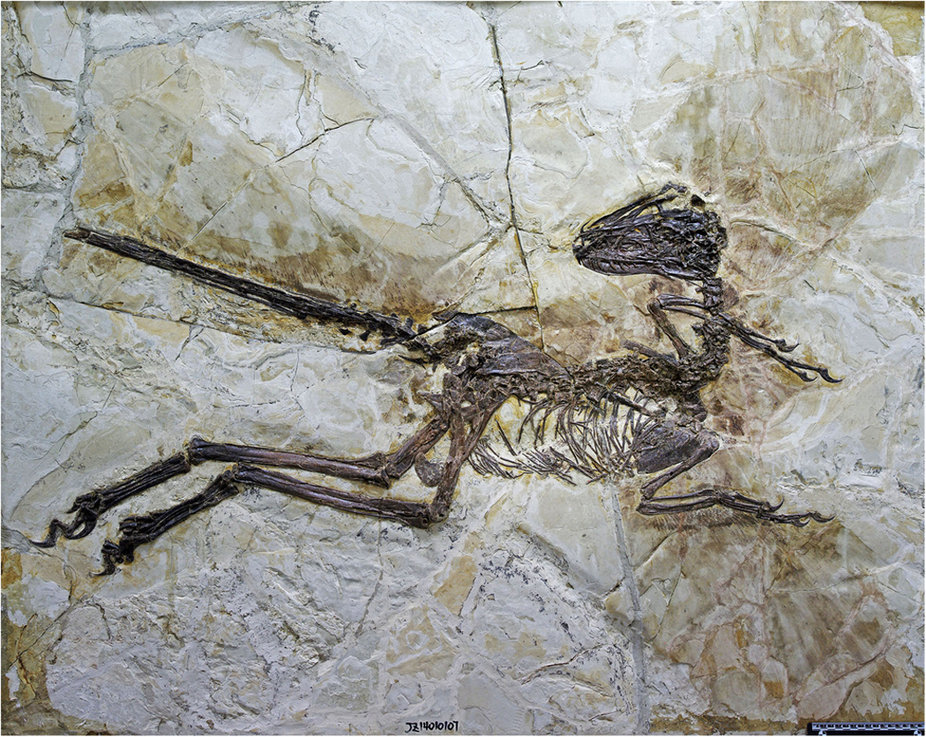
Academic pressures play a significant role in creating vulnerability to fossil forgeries within scientific institutions. The competitive “publish or perish” environment places immense pressure on researchers to produce groundbreaking findings that attract attention and funding. Spectacular fossils representing evolutionary transitions or new species offer opportunities for high-impact publications in prestigious journals like Nature or Science, potentially advancing careers significantly. This professional incentive structure can sometimes override caution, leading researchers to accept extraordinary claims with less scrutiny than they might otherwise apply. Museum acquisition committees face similar pressures to secure impressive specimens that attract visitors and donors, sometimes making purchasing decisions based on limited examination or documentation. These academic and institutional pressures create vulnerabilities that fossil forgers exploit, understanding that time constraints and career incentives may lead even conscientious scientists to accept extraordinary specimens with incomplete due diligence.
Notable Cases Beyond Archaeoraptor
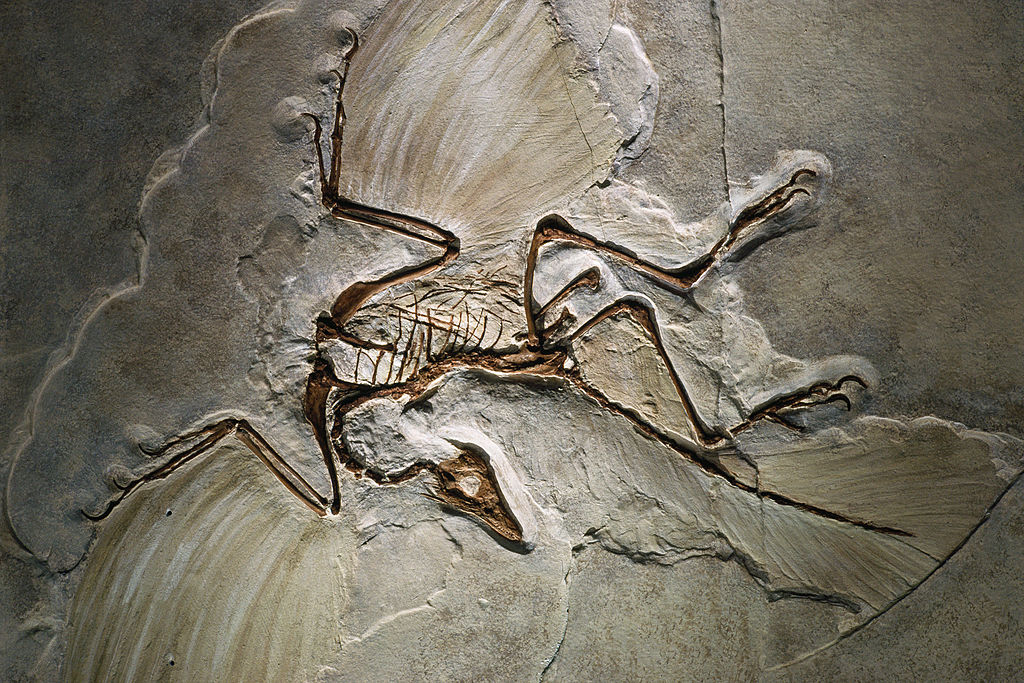
While Archaeoraptor remains the most infamous case, numerous other significant fossil forgeries from China have influenced scientific understanding. The “Jeholodens jenkinsi” specimen, initially described as an important early mammal, was later discovered to contain artificially added features enhancing its apparent evolutionary significance. Similarly, several purported feathered dinosaur specimens were revealed as composites combining genuine dinosaur remains with unrelated feathered elements. A particularly sophisticated case involved a fossil described as a new species of flying dinosaur that was later determined to be skillfully assembled from parts of at least five different specimens. Perhaps most concerning are cases where forgeries have entered scientific collections and been inadvertently incorporated into multiple research papers before their fraudulent nature was discovered. These incidents have prompted retrospective examinations of museum collections, sometimes revealing previously unsuspected forgeries acquired decades earlier that had influenced scientific thinking for generations.
Ethical Considerations for Scientists and Institutions
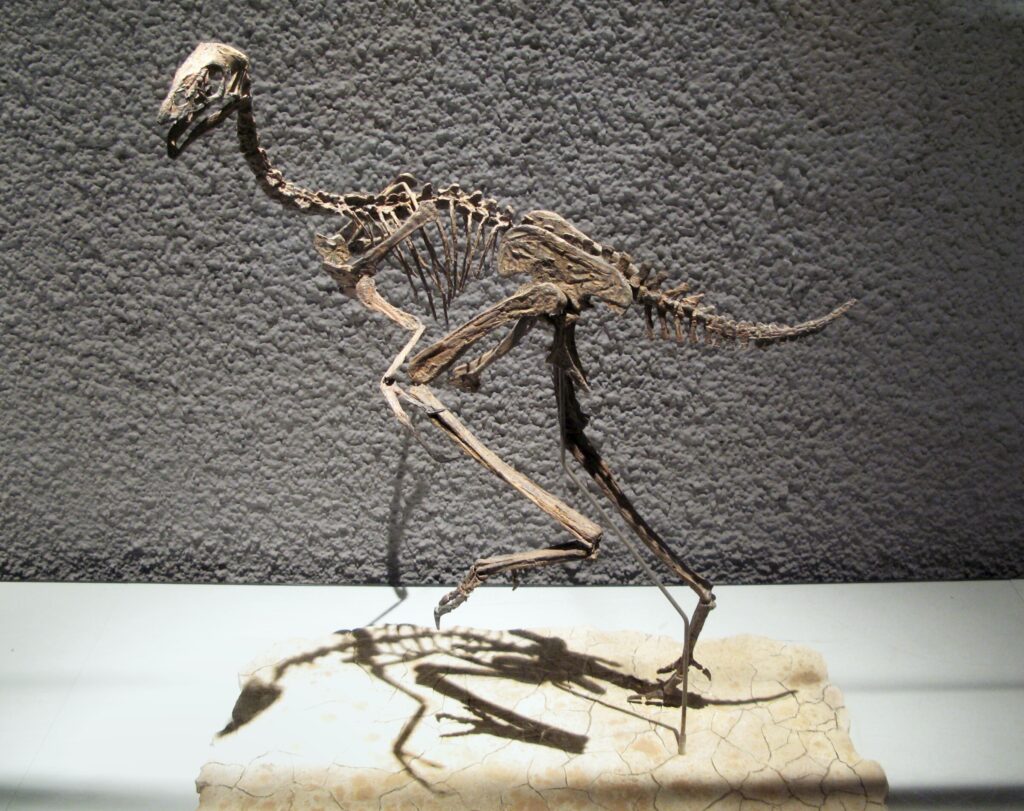
The fossil forgery problem raises profound ethical questions for scientists and institutions. Researchers must balance their desire for groundbreaking discoveries against their responsibility to maintain scientific integrity through rigorous authentication. Museums and universities must consider whether purchasing fossils from commercial sources, even indirectly, perpetuates a market that incentivizes forgery and illegal excavation. Ethical questions also extend to publication practices, where pressure for sensational findings must be balanced against thoroughness in specimen verification. Some institutions have adopted formal policies refusing to study or publish research on specimens without clear legal provenance, even when those specimens might contain valuable scientific information. This “provenance first” approach represents an ethical stance prioritizing long-term scientific integrity over short-term research opportunities. However, this position remains controversial, as it potentially leaves scientifically significant specimens unstudied in private collections where they contribute nothing to human knowledge.
Solutions and Best Practices

The scientific community has developed several approaches to address the fossil forgery problem. Many reputable journals now require detailed provenance information and authentication statements before accepting papers describing important new specimens. Leading institutions have implemented rigorous acquisition policies requiring exhaustive documentation of a specimen’s legal collection and export history before purchase. Technological solutions include developing more accessible authentication technologies that can be employed as standard practice rather than exceptional measures. Some organizations advocate collaborative initiatives between Chinese and international scientists to conduct legitimate excavations that provide alternatives to commercial fossil hunting. Education programs targeting both scientists and the public about forgery risks have proven valuable in raising awareness. Perhaps most promising are community-based approaches that provide economic incentives for proper scientific collection by employing residents as trained field assistants in official paleontological expeditions, aligning their economic interests with scientific best practices rather than commercial fossil hunting.
The Future of Chinese Paleontology

Despite the challenges posed by forgeries, the future of Chinese paleontology holds tremendous promise through institutional development and international cooperation. China has invested significantly in building world-class paleontological research facilities and museums, creating legitimate career paths for those with fossil expertise. These institutions are increasingly leading properly documented scientific excavations that maintain crucial contextual information lost in commercial collecting. Growing collaboration between Chinese scientists and international partners has strengthened authentication protocols and research standards. The digital revolution in paleontology, including open-access databases of fossil images and 3D scans, is making comparative authentication more accessible and thorough. Educational initiatives targeting younger generations of Chinese scientists emphasize research ethics and authentication methodologies. As China’s scientific infrastructure matures and international collaboration deepens, there is reason for optimism that legitimate scientific processes will gradually displace market-driven fossil collecting and the forgeries it encourages, allowing the extraordinary paleontological resources of China to advance human knowledge through rigorous, ethical scientific practice.
Financial Incentives and the Integrity of Paleontology in China
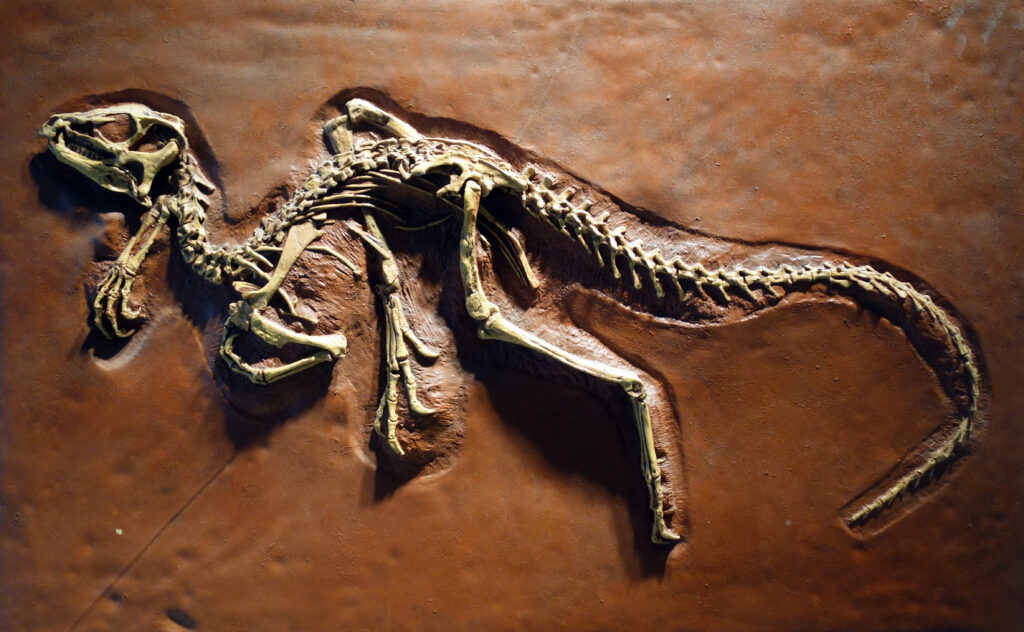
The story of fossil forgery in China reveals how financial incentives can distort even the most objective scientific fields. While the challenge remains significant, awareness of the problem has grown substantially, leading to improved authentication practices and greater caution throughout the paleontological community. The continuing efforts of ethical scientists, both within China and internationally, provide hope that the remarkable fossil record preserved in Chinese rocks will ultimately advance our understanding of life’s history through legitimate scientific processes rather than commercial exploitation. For science to maintain its integrity in a world where specimens can command millions, vigilance and commitment to rigorous standards must continue to evolve alongside the increasingly sophisticated methods of those who would prioritize profit over truth.




